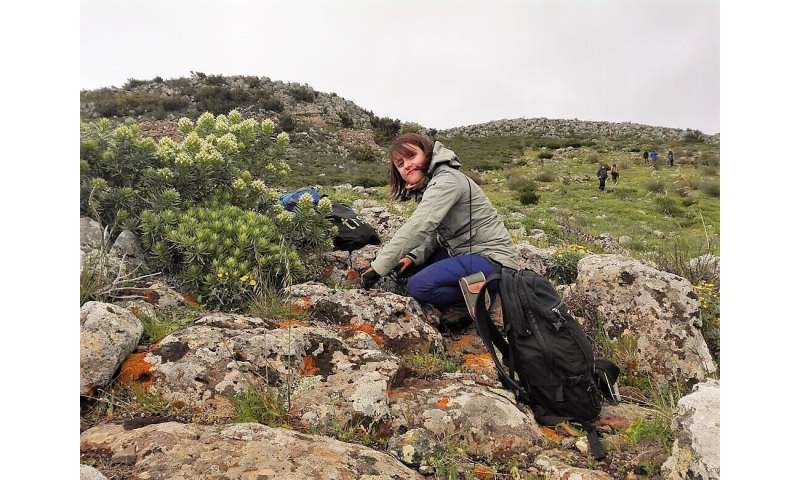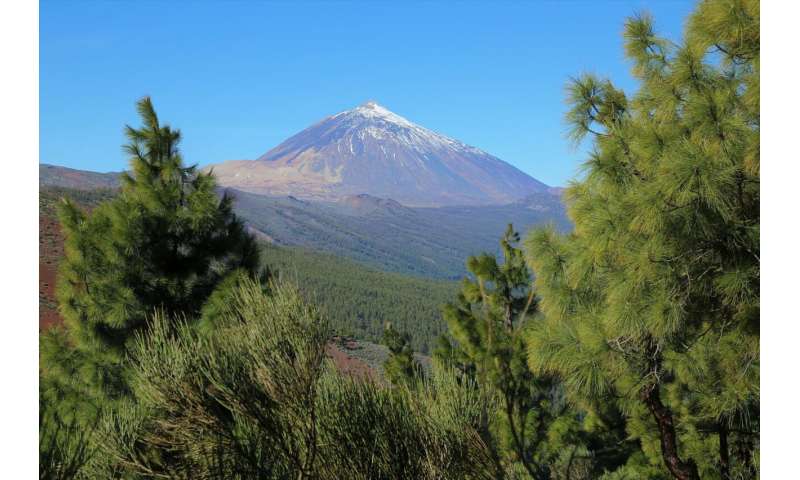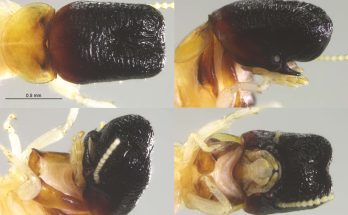Remote plants representational by Joshua Earle on unsplash
Oceanic islands provide useful models for ecology, biogeography and evolutionary research. Many ground-breaking findings—including Darwin’s theory of evolution—have emerged from the study of species on islands and their interplay with their living and non-living environment.
Now, an international research team led by researchers from the University of Göttingen and the German Center for Integrative Biodiversity Research (iDiv) has investigated the flora of the Canary Island of Tenerife. The results were surprising: the island’s plant-life exhibits a remarkable diversity of forms. However, the plants differ little from mainland plants in functional terms. Unlike the flora of the mainland, the flora of Tenerife is dominated by slow-growing, woody shrubs with a “low-risk” life strategy. The results were published in Nature.
The researchers conducted extensive field research and measurements at over 500 sites using the most up-to-date methods of functional ecology. The sites were scattered all over the island at altitudes ranging from sea level to mountainous regions above 3,300 meters.
The scientists recorded about 80% of Tenerife’s native seed plants, and surveyed eight plant characteristics: plant size, specific wood density, leaf thickness, absolute and specific leaf area, leaf dry matter, nitrogen concentration in leaf tissue, and seed weight. They compared their data with data on more than 2,000 plant species found on the mainland.
“Our study shows, for the first time and contrary to all expectations, that species groups that evolved on the Canary Islands do not contribute to the expansion of the breadth of different traits. This means they do not lead to more functional diversity,” explains the lead of the study, Professor Holger Kreft from Göttingen University.
 First author Dr Paola Barajas Barbosa during field research on Tenerife. Credit: Paola Barajas Barbosa
First author Dr Paola Barajas Barbosa during field research on Tenerife. Credit: Paola Barajas Barbosa Tenerife’s flora has a surprisingly high diversity in terms of forms and functions. In the background: Pico del Teide, Spain’s highest mountain at 3715 metres. Credit: Holger Kreft
Tenerife’s flora has a surprisingly high diversity in terms of forms and functions. In the background: Pico del Teide, Spain’s highest mountain at 3715 metres. Credit: Holger Kreft First author Dr Paola Barajas Barbosa during field research on Tenerife. Credit: Paola Barajas Barbosa
First author Dr Paola Barajas Barbosa during field research on Tenerife. Credit: Paola Barajas Barbosa Tenerife’s flora has a surprisingly high diversity in terms of forms and functions. In the background: Pico del Teide, Spain’s highest mountain at 3715 metres. Credit: Holger Kreft
Tenerife’s flora has a surprisingly high diversity in terms of forms and functions. In the background: Pico del Teide, Spain’s highest mountain at 3715 metres. Credit: Holger Kreft
Previous comparisons show that species occurring on islands can differ significantly from their relatives on the mainland. A well-known example is provided by the Galapagos giant tortoise: the species is only found on the Galapagos Islands and, as a result of adaptation to its environmental conditions, is much larger than tortoises from the mainland. The research team expected similar differences between island and mainland plants, but this was not the case.
“Rather, we see that most species follow the constraints of the island climate. Thus, medium-sized, woody species develop. These tend to live with the limited resources and high risks of extinction on the island. That is, they grow slowly. The high functional diversity is mainly due to the species that are widespread on the island and the nearby mainland,” explains Kreft.
“At the beginning of our research, we assumed that island plants would show fundamental differences and would be characterized by rather limited diversity in terms of function due to their geographical isolation,” explains first author Dr. Paola Barajas Barbosa, who is now working as a researcher at iDiv. The results are part of her doctoral thesis, which she did at the University of Göttingen. “We were all the more surprised to find that the plants of Tenerife have a comparatively high functional diversity.”





